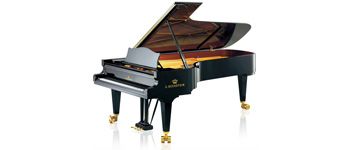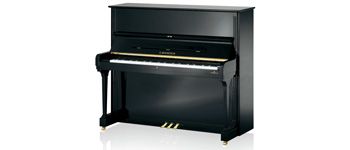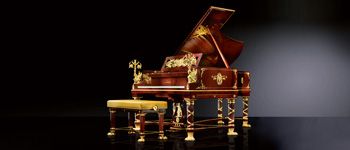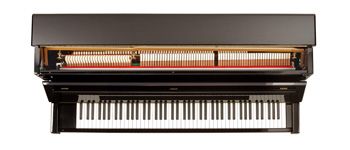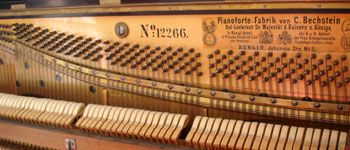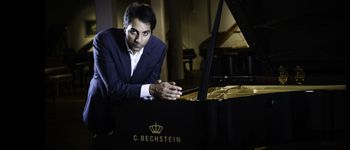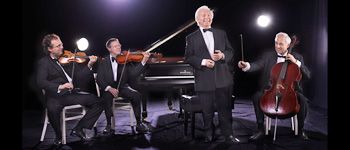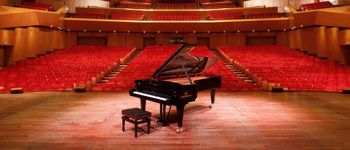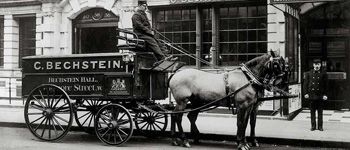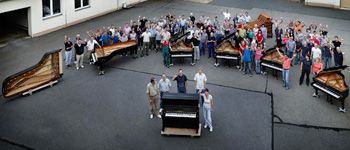The Bechstein clan
In the spring of 1900, the three sons of Carl Bechstein (Edwin, born in 1859, Carl Junior, born in 1860, and Johannes (“Hans”), born in 1863) are the new heads of an international group that produces 3500 pianos a year with a staff of eight hundred employees.
The three brothers have been members of the board since 1894. Carl Junior is Production Manager; Edwin, Sales Manager. After the death of Johannes in 1906, the family business becomes a general partnership.
Emperor William II’s Germany is booming by this time: colonies and metallurgic corporations are being founded and battleships built. Nonetheless, the atmosphere is radically different from that of in 1853, as the Kaiser states for example: “Pianos are harmful gymnastics apparatus.” The River Spree still flows through Berlin, of course, but the city has given up its dream of being the new Athens. The 20th century that just begins is to drastically alter the country, and with it C. Bechstein.
Yet the new century begins quite auspiciously. In 1903, the year of the company’s fiftieth anniversary, Bechstein runs four factories and produces more than 4500 pianos a year. As many as 65,200 upright and grand pianos have been built since 1853.
Bechstein Hall, London
The company expands and can even enter the “lion’s den” as it opens new premises in London in 1901: the 550-seat Bechstein Hall and the adjoining showroom in Wigmore Street. In the new venue, the walls are covered with mahogany wainscoting, structured by pilasters in Numidian marble and topped with a frieze in red Verona marble. A fresco by Gerald Moira and Frank Lynn Jenkins that depicts the Spirit of Music reaching his hands towards the Genius of Harmony adorns the half-cupola above the semicircular stage. London’s Bechstein Hall hosts as many as three hundred concerts in the year following its opening.
In the early 20th century, the British Empire s absorbs the major part of the company’s exports, and Queen Victoria orders a gilt grand piano that she personally adorns with miniatures. The Bechstein showroom in London is located in a building of thirty-five by sixty-five metres that is lavishly decorated, of course. For example, stained glass windows with coats of arms of German noble families are visible at the first floor.
Everything changes with the First World War. As the British government ordered the confiscation of all subsidiaries of German companies in the UK, Bechstein Hall and its showroom are sold in November 1916. Debenham Ltd organises the auction and Sir James Boyton MP conducts it. Within just four minutes, Sir Howard Frank acquires the estate for 56,500 pounds sterling. It is a good deal, especially as the 104 grand pianos and the thirty uprights in the building have a retail value of 350,000 pounds, while the tuning and maintenance contracts are worth more than six thousand pounds a year. The building keeps its emblazoned windows, however, and still functions as a concert venue — today’s Wigmore Hall — even though a restaurant is set up in the ground floor and an insurance company moves to the first floor.
